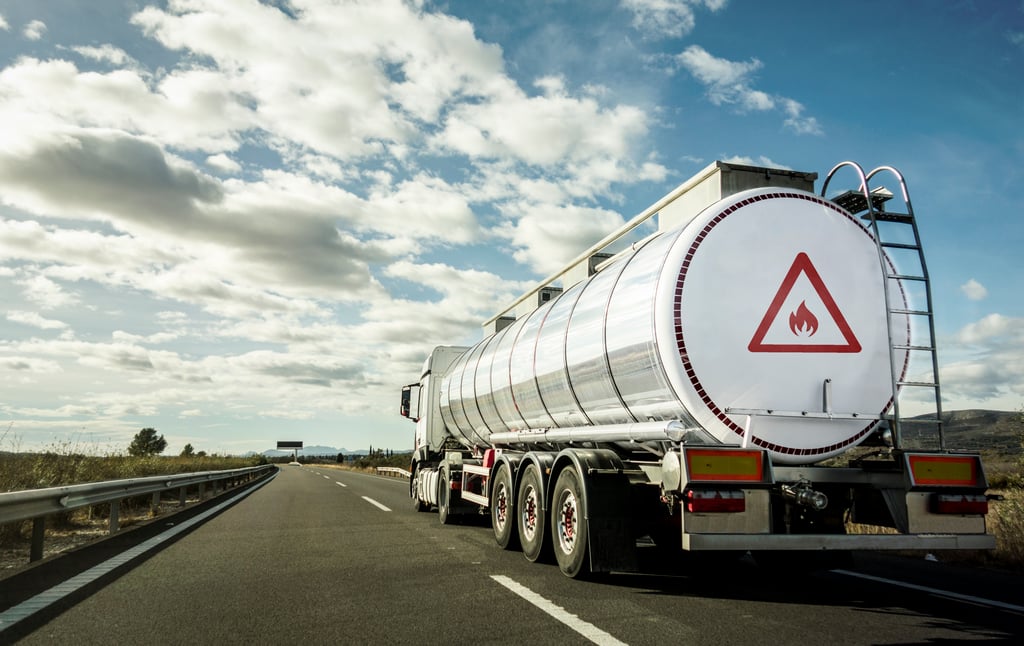Client challenge
PG&E, a subsidiary of PG&E Corporation (NYSE:PCG), is one of the largest combined natural gas and electric utilities in the US. Our client operates and maintains more than 6,750 miles of transmission pipelines and over 40,000 miles of distribution pipeline. PG&E covers nearly half of California in its service area.
PG&E have worked hard to implement a robust safety management system to achieve their goal of becoming the 'Safest, Most Reliable, Gas Company in the United States'. To demonstrate their progress, PG&E gas operations gained certification to two international asset safety standards: PAS 55 and ISO 55001. Both certifications were delivered by us.
A new pipe safety management system standard, API RP 1173, published by the American Petroleum Institute, was an opportunity for our client to demonstrate its leading commitment to safe working practices. The standard gives operators a framework to identify and address safety concerns for a pipeline system's entire lifecycle.
PG&E asked us to perform a gap analysis and compliance assessment against API RP 1173 for its gas operations. This required an in-depth assessment of the gas transmission integrity management programme (TIMP) and gas distribution integrity management programme (DIMP), required by US federal regulations.
How we helped
We provided an independent assessment of our client’s pipeline safety management system, reviewing the procedures and processes. This exercise included appraising what was done with the results of in-line inspections and direct assessments, what information was kept on the pipelines (such as materials, coatings, pipe wall thickness, welds and maintenance information) and how the information was managed and kept ‘evergreen’.
Our independent review and expertise in pipeline management systems provided PG&E with increased confidence in their DIMP and TIMP programmes, and its pipeline safety management system. We also provided additional recommendations on best practices and areas of focus for continual improvement of the pipeline safety management programme.
Our support built on a long-standing relationship with PG&E. We had previously certified the company to PAS 55 and ISO 55001, the international standards for asset management systems.
Our expertise included:
- pipeline integrity management
- asset management services
- certification services, in line with ISO 55001 and API RP 1173.
Insight
API RP 1173 is similar to PAS55/ISO 55001, with a stronger focus on pipeline management systems. Most of the elements of API RP 1173 had already been covered by our previous client audits on PAS 55/ISO 55001, over the past five years.
Client comment
“We are committed to continually improving the safe operation of our pipeline infrastructure and enhancing our asset management program. The recognition and validation of compliance with the API standards by LRQA demonstrates that we are working in the right way and we are determined to make even more strides towards world-class safety performance.”
Nick Stavropoulos
President, PG&E
Key results
- Assessed PG&E under API RP 1173.
- Found no major non-conformances for our client’s network of pipelines.
- Confirmed PG&E's pipeline safety system complied with the requirements of API RP 1173.
Accomplishments that have improved PG&E’s pipeline safety management programme include:
- completing a full centre-line survey on all transmission pipelines
- introducing a transmission geographical information system (GIS), giving comprehensive asset information of all pipelines
- commissioning a state-of-the-art gas control room.
Business benefits
Our support has helped PG&E to:
- meet requirements of the API pipeline Safety Management System Standard (API RP 1173)
- apply a clear framework around its asset management system
- meet the client objective of achieving world class safety
- show regulators that an independent assessment has been carried out on the company’s pipeline safety management programme
- provide assessment results to the regulator with confidence.


